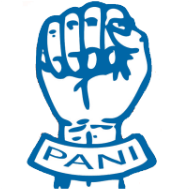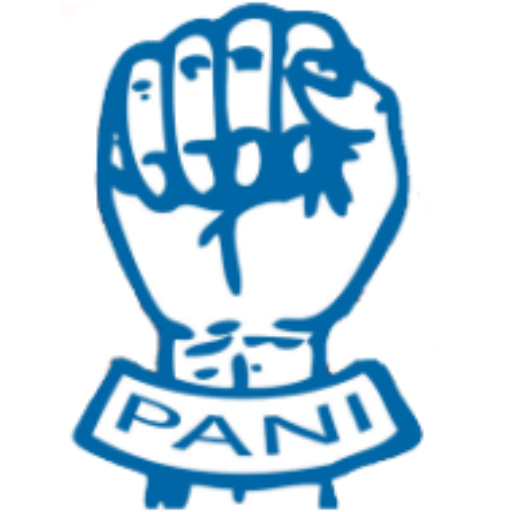The rapidly decreasing ground water level throughout the world and the challenges posed by such a situation are well-known to all. The concern is that the situation in our country is different and more serious as compared to the rest of the countries. 16 percent of the world's population lives in India, but our country has only 4 percent of the world's freshwater resources. On top of this, uncontrolled exploitation of ground water has reached alarming levels. For example, in the last five decades, the number of borewells in India has increased from one million to more than 20 million. According to an estimate, 17 countries of the world are rapidly moving towards a serious problem of water, including India. The remaining 12 countries are in the Middle East and North Africa, the second country in Asia is Pakistan and there are three other countries. A few years ago, the news of a severe water crisis in Chennai and the pictures of people fighting for water, were disturbing. It probably was not enough to wake us up, or each of us is relieved that this cannot happen to us. It is worth considering whether we should wait until every city and village is in a similar situation, or should we actively take corrective steps?
There is no doubt that the government policies and laws are the most powerful instruments to bring about a change in the society, but citizens’ own contribution and participation is equally important. This fact becomes even more relevant in the context of the 73rd and 74th amendments of the Constitution. These amendments have ensured that the Gram Sabhas and urban local bodies are empowered to make laws by discussing their local issues. Over a period of time, the Gram Panchayat Development Plan or GPDP has become a powerful tool for the members of the Gram Sabha to develop an action plan listing out the development activities for an entire year.
It is a matter of regret that most of the Gram Panchayats have not started using it as a long-term planning and development tool. Prima facie, the apathy of the Gram Sabha can be blamed for this. However, the main reason for this is the lack of knowledge about GPDP among most of the Gram Sabha members. Due to lack of information, the general public and their representatives are not able to use the objective for which the Gram Sabhas and the local bodies were given the powers of self-governance. There is a need to use tools like GPDP for issues such as rain-water harvesting and water conservation. Projects developed by the local population will not only be accepted by all but will ensure that they are executed properly. Also, serious problems like water crisis can be prevented well in time. Women's participation will strengthen decisions on such local issues as the availability of water directly affects their daily lives more than anyone else in the family. There is a need to create awareness on Gram Panchayat Development Plan (GPDP) and the importance of water. Democratization of water must be included as one of the agenda items on GPDP. For this to happen, individuals with influence in governance, administration, social institutions, and society must work together. It could be difficult, but it is not impossible.


